Breezer RADAR Expert: Checkpoint- by Guitar Ted
The Breezer RADAR Expert has been ridden in several different sorts of situations ranging from pavement all the way to single track and everything in between. This steel adventure bike was recently introduced to you in our “Getting Rolling” post. Click that link to get all caught up. Now for a dive into what the RADAR Expert is all about.

First Impressions: Remember how I said that the Breezer RADAR Expert strikes a “skinny” pose in comparison to many bikes out which feature bigger carbon or aluminum tubing? Well, that sort of bit me when mounting a top tube bag. The top tube is so skinny my Banjo Brothers Top Tube bag straps overlapped too far! I got it figured out though and I was able to use the bag after all. Interestingly, concerning those skinny tubes, I had a conversation with Joe Breeze years ago at Interbike where he mentioned that a frame will ride better if the tubing has longer, uninterrupted sections. It is a philosophy of frame detail which shows to this day in Breezer’s RADAR Expert. Note that there is no long, forged drop out coming back several inches toward the bottom bracket here. Nor is there a big, odd looking disc brake brace on the left chain stay bridging up to the left seat stay. This Breezer looks cleaner because of these details, and, according to Joe, this should lend the RADAR Expert a better ride quality.

I had to make a few minor adjustments in my first few rides to accommodate my position on the bike. The reach on the size Large seems a tad bit long, as mentioned in the “Getting Rolling” post, so I slid the seat forward on its rails to help that out, and it worked very well. The usual tweaks to the cables and whatnot were also done during the first few rides. I also had to re-learn how to adjust a tire with a tube in it. How long has it been since I ran a bike with a tube in it? Anyway…..
With that all adjusted I found that the RADAR Expert was a nice riding bike. On the first ride after the adjustment phase, I had a pretty stiff headwind. I kept hearing a musical whistling noise. This is common at times when the wind is strong and it hits spokes or whatnot just right, but this was different. It sounded almost like one of the recorders they give kids in elementary music classes here. Anyway, it would go away if I turned out of the wind. With some investigation, I discovered the musical note was due to the open holes in the drive side of the fork blade for what I presume is a dynamo wire. There is no mention of this feature on the RADAR Expert page that I could find. These ports could be covered with a bit of tape, if the music isn’t your thing, but I left them open. I found the note to be whimsical.
Onward to the gravel, the RADAR expert was ridden on a day which followed a light snow fall. There was ice, snow, and mud involved and the RADAR Expert showed me that the geometry is very stable. I had a few sections of straight up snow and ice where the RADAR Expert’s wheels and tires were a little over matched. The bike slid out slightly a couple of times, but I was able to gather it back up easily regardless.

The frame is smooth, certainly, and it is even more impressive when you consider that the seat post, handle bars, and wheels are not high-end, not noted for being compliant, so the frame has to be where the majority of this compliance is coming from. The frame has a nice “give” which you really notice when you run into a slight dip which “G’s” out your weight. But otherwise the frame does not give me the sensation that it is “whippy” or flexy at all. The fork has very stable steering precision, and does not give you an overly harsh ride.
The components are serviceable here, but there were a couple of hiccups. The 9 speed drive train had a propensity to get fouled at times which caused “skipping” in the higher end of the cassette’s range. The chain rings sometimes don’t release the chain properly which resulted in a bit of chain suck at one point when the wet, gritty gravel was coated over the drive train. It’s pretty much par for the course here. The parts spec on the RADAR Expert is not the sort of spec which lends itself to more trouble free riding in severe conditions. That said, with a bit of knowledge and skill on the rider’s part, one can effectively overcome many of the characteristics that the spec has on this bike. Of course, upgrading the bike is always an option down the road. The big question there would be, “Is this frame and fork worth it?”
While the wheel standards and steer tube dimension here could almost said to be “old school”, I feel that the frame and fork are worth it to consider upgrades from the standpoint of the ride alone. Added into this would be the versatility of this bike, so in my mind, if a long term goal would be to eventually make some upgrades to the RADAR Expert’s parts, I think that is a very reasonable goal. I don’t mean to make it sound as if the component spec is not up to par here. That isn’t the case at all. In fact, there are some pretty outstanding parts on the RADAR Expert.

One of the stand out parts for me was the TRP HyRd brakes. After they got bedded in, they worked with more power and ease of use than any mechanical brake that might normally be spec’ed at this price range. While not in the same league as a fully hydraulic brake, they are close. Also, the Oval branded handle bar was nice. It has a flattened top section, good for when you want a more comfortable hand grip while cruising upright. The flare and sweep weren’t obnoxious, but it was there. The only thing I wished for was a bit more length in the extensions. The WTB bits were spot on also. The saddle happens to agree with me, and the Riddler tires, while not tubeless ready versions, are really good at gravel. pavement, and drier single track. Just what the RADAR is all about. Finally, while the Sora level shift/brake levers are not as precise as their upper end siblings, the hood shape and lever shape is now on the same page as those nicer groups. That was nice to see at a 9 speed group level.
So Far…. The Breezer RADAR Expert is a bike built for adventure and exploration. The steel frame is up for the task and the spec, while not spectacular, is decent and should provide good service and a low cost of maintenance. The TRP HyRd brakes, 9 speed mtb drive train matched with Shimano Sora shifters, and tubeless ready rims are highlights in the value department. The RADAR Expert smooths gravel well, and it rides lighter than it feels when you heft it. Single track is on the menu here as well, as long as it isn’t too radical. It is a rigid bike, after all. The versatility of this bike is a highlight as is the ride quality. Look for our “At The Finish” post coming in a few weeks.
Note: Breezer Bikes sent the RADAR Expert over at no charge for test/review. We are not being bribed, nor paid for this review and we will strive to give our honest thoughts and opinions throughout.


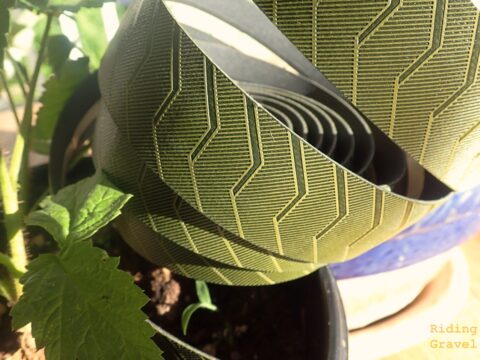
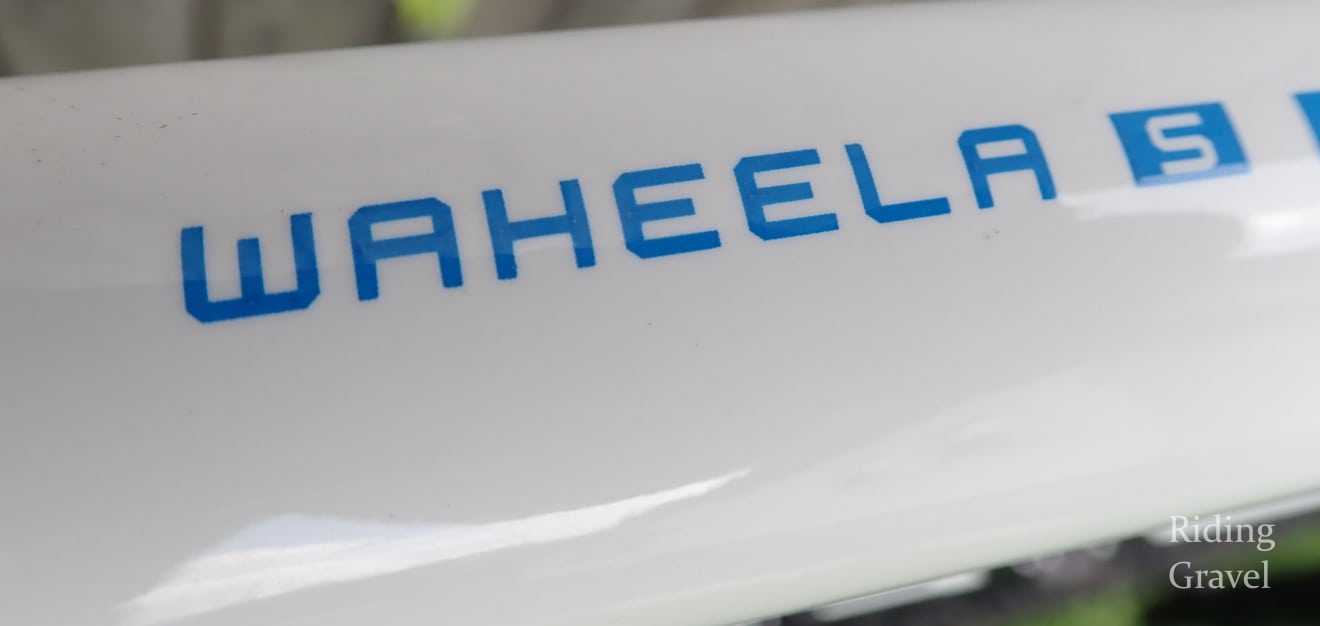
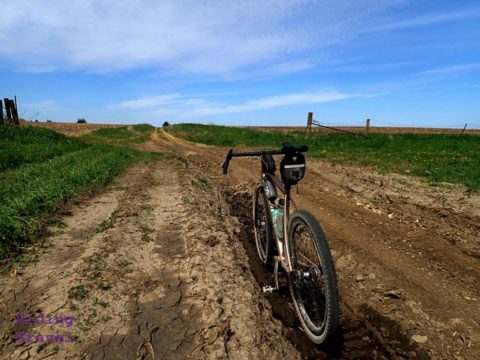
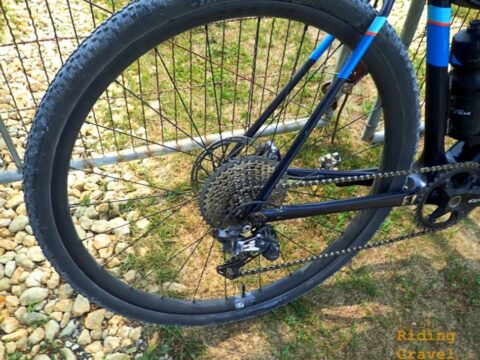
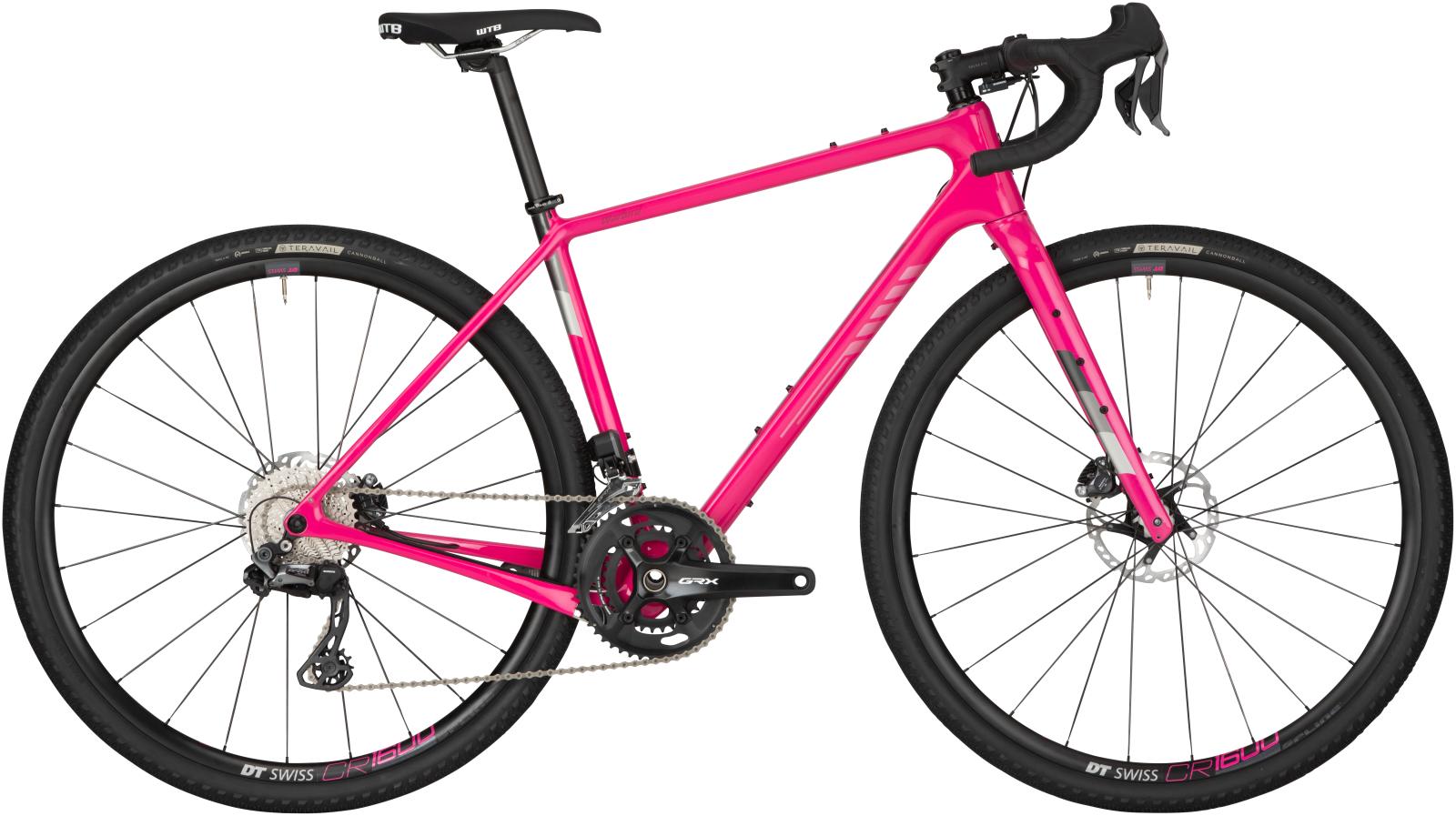
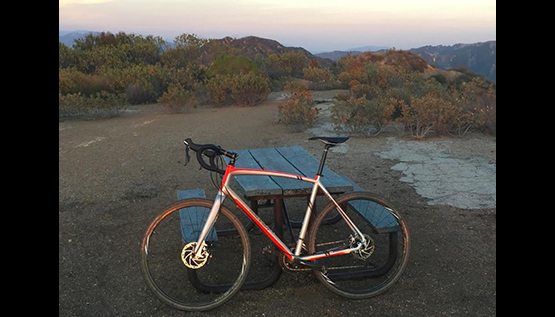
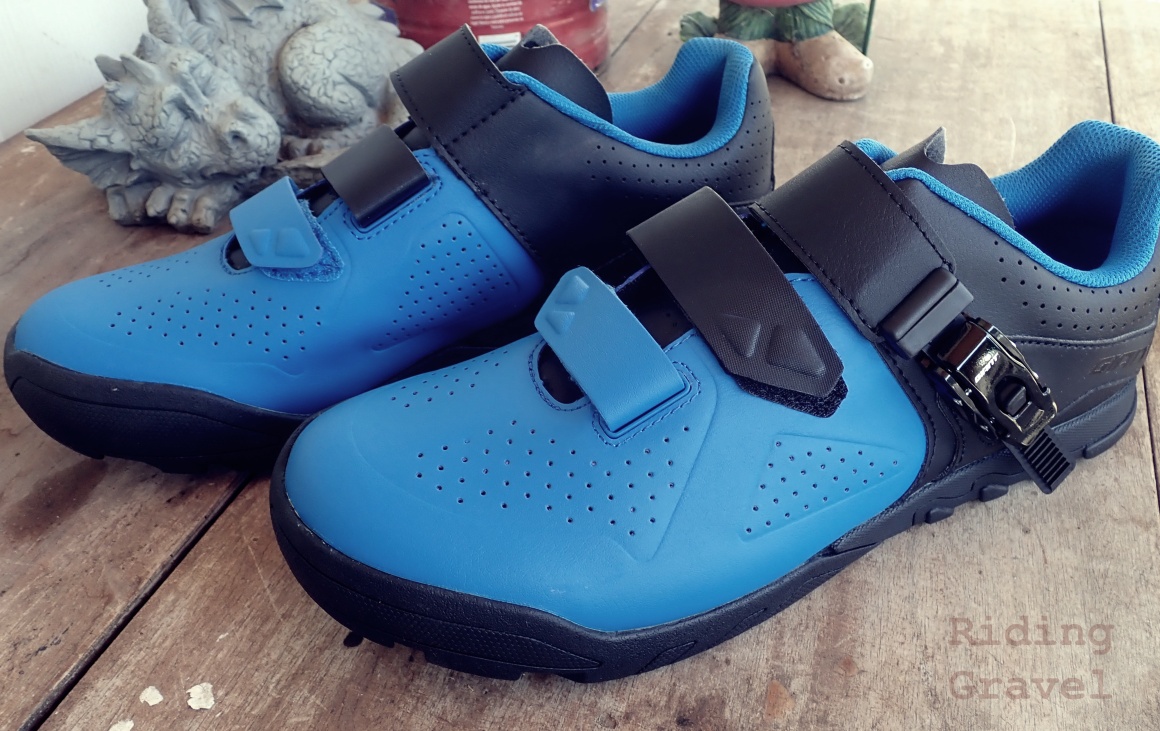
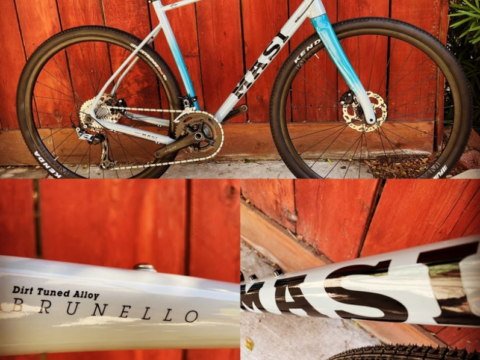

@Guitar Ted
I noticed you said the frame is long, would you say I should size down when comparing to breezer recommendations?
Not GT (obviously!) but I was on the cusp of the M & L (given most guidelines) and the L was much too large for me. The medium was perfect after switching to the less-reach cowchippers.
I am 6’1″ and on a large Radar, previously I was riding a large Specialized AWOL. I feel the frame sizing to be pretty similar, the only thing I disliked about the Radar was the stock stem and bar. Switching to an 80mm stem and shorter reach bar (Salsa Cowbell) made for a much more comfortable riding position without the disadvantage of sizing down (toe overlap). Also, the geometry figures on the Breezer site were incorrect (they may have changed) so it’s best to sit on one before you buy! It’s a fantastic bike for the money though, super versatile and a comfy ride.
Well, I’m 6’3″ and have got a 36 inseam. So, using the Breezer sizing Chart I’d be squarely a Size 60. Considering my road bike has a 390 Reach and a 629 Stack, I thought this would be okay, but now you say the Geo data is incorrect. That’s a bummer. I wanted to get the bike that would allow handlebars even with the saddle. Using the data from Breezer the 57 wouldn’t cut it. I’m totally unsure now, wihch size would be the best. Not Looking for a Racer, Looking for a touring and at the maximum a sportive fit. Guitar Ted also stated the reach was Long. Would it be possible that one of you guys measure the effective top tube for me. Give me an idea how far off the data is. Unfortunately I don’t have Access to a store with a Breezer here.
@David Horner- I came up with 22 1/4″ for the Large
Sorry to ask: butdid you measure the top tube or the effective top tube. Just asking because I’m just trying to make sure before I order a bike, and unfortunately Adventure Sports and Breezer are less than forthcoming with data.
I live in Germany, I have no chance to sit on the bike at any shop (I called and asked 10 dealers). I ordered the bike a few weeks ago… I hope it will fit.
I am almost exactly the same size as David (6’3” height, 36 inseam). I ordered XL (that’s 57cm seattube).
I really love the bike’s specs, color, braze ons, etc. but it’s very hard to understand why Breezer and Advanced Sports are not answering any of my mails and why they don’t clarify the geo data discussion. It’s simply annoying and almost made me switch to another brand, because other brands do reply to customer inquiries.
At the end of the following conversation someone states, that Breezer themselves confirmed the Geo chart is wrong: https://forums.roadbikereview.com/general-cycling-discussion/sizing-geo-advice-363929.html
Almost without exception every Radar owner, that comments on the internet, states, that 1 size smaller than recommended by Breezer is the right choice. But breezerbikes.com still states “This model features Compact Geometry”. That’s contradictory. Comparing the geo data to other similiar bikes (specialized awol, salsa vaya, genesis vagabond, marin four corners etc.) also shows it’s the opposite of compact.
I’m really looking forward to taking my own measurements, but the fact that I have to buy the bike to do this myself is just bothering.
hi chris, I had a small radar, but found it long. I also questioned accuracy of the previous geometry chart, cos the actual measurements on my bike did not match the chart??? No joy from the distributor or Breezer. it was like it was a rear triangle from a small with a medium front triangle welded on. anyway take home point from experience is get a size down. great bike though and would get another but in XS
For what it’s worth, I’m 6’2″ with a 35″ inseam and the L/57cm fits me well. I’m 51 years old and not as flexible as I used to be, so my position is somewhat relaxed, not full “race”.
Correction: That’s an XL / 57cm, not “L”
Just to finish my story here quickly: the Breezer measurements seem to be correct, which in the end made me return the bike. It seems to me that Breezer decided to use almost a flat bar bike’s geometry on the Radar and not a comfortable drop bar off road touring geometry (they’re selling the Radar with the exact same frame, but with a flat bar, too!). I made a list of a handful monstercrosser like off-road touring bikes and the Radar was definitely the one with the lowest stack to reach ratio. This means, the riding position was too low and in particularly too long for me. Even changing the stem didn’t work for me.
In the end I bought the Kona Sutra, because it’s geometry fits my preferance for a more upright riding position much better.
I love that bike, I am absolutely in love with it. My alternatives would have probably been the Marin Four Corners or the Salsa Vaya.